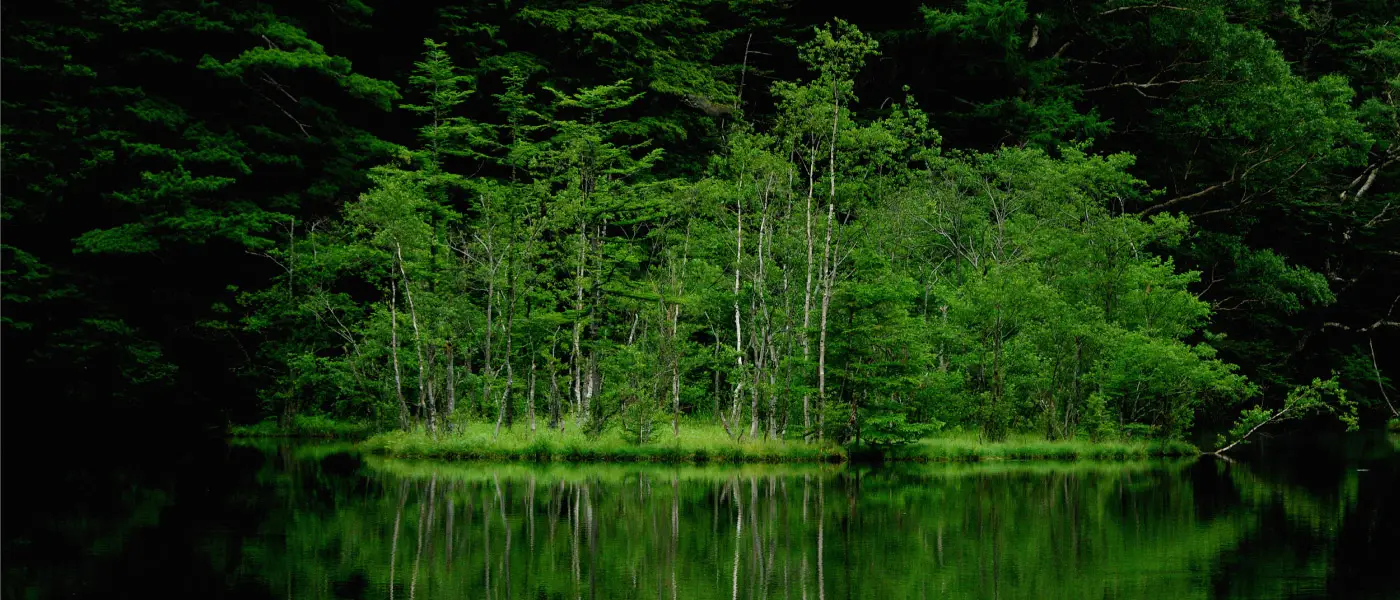It's been a great year here at the Gate to the Northern Alps, but with the autumn foliage now thinning and colder weather bringing snow to the mountains as well as frost and light snow down below, it's time to call it day. The Kama Tunnel which grants access via public transport to Kamikochi will be closed after the ceremony on the morning of Friday the 15th, effectively ending the season for most of us.
But don't despair, the event's Japanese name of 閉山祭 ("hei-zan-sai") concludes with the character 祭, meaning festival. This event is no mere tearful goodbye to Kamikochi, but rather a celebration to comemorate a wonderful year blessed with lots of good weather while also giving thanks for safe passage through the mountains throughout the warm months.

What to expect:
A significant portion of the heizansai is taken up by a Shinto ritual. One of Japan's two main religions and the one most intimately connected with Japan itself, Shinto is deeply concerned with nature. Being an animistic faith, it views all of nature as having divinity in it. Divinity inheres not only in plants and animals but also rocks and mountains--especially mountains, since their high elevation makes them ideal places for gods to descend to earth.
As mentioned above, the ceremony on Friday will give thanks to the gods and nature for all the good things they bestowed on visitors this year: the blessings of good weather and safe passage through the sometimes dangerous mountainous environments. Giving thanks to nature is quite a commonsensical notion in Japan. When Japanese people say "itadakimasu" before starting a meal, they are giving thanks not only to the people who served them but also to the animal and plant life that nourish them.
Expect to see a priest in traditional garb performing chants and other rituals as seen in this photo of last year's ceremony:

Another popular aspect of the 神事 ("shinji") ritual is the hot sake passed around to warm the bodies and spirits of those in attendance. (At least those who aren't planning on driving back!). Even if you are not yet a confirmed convert to nihonshu, a small cup will certainly put some red in your cheeks during what will likely be a chilly day.
At over a thousand meters above sea level, Kamikochi is naturally colder than places at lower elevations, but within the past few days, nearby towns like Matsumoto (at about 600m) have experienced cold snaps and even light snowfall. Don't take a chance with this weather! Failing to pack warm enough clothing could result in an uncomfotably cold time at the ceremony despite the warm spirits of everyone around.
Here are a few pictures taken within the past week that show sudden shift toward wintery conditions:



Oh, and did I forget to mention that we have had our first snow? The Japanese word 初雪 (hatsuyuki), meaning "first snow" usually evokes positive feeling similar to 初恋 (hatsukoi or "first love"). For us, it brings mixed feelings: on the one hand it is one face of Kamikochi and a beautiful one at that. On the other hand, it's the end of the warm weather conditions that make the park accessible to the vast majority of visitors. Soon our beloved mistress will become as cold and forbidding as she is beautiful. A 雪女 of sorts.

So yeah, it looks cold out there and it is cold, but slap on a muffler, warm gloves, boots, and a winter jacket with a hood and you'll be laughing. Have a few cups of hot sake and you'll be laughing even more. The bottom line is, come on down for the final day of Kamikochi's 2013 season and get the most of of the final hours. Last year's ceremony started, after a slight delay, at 10:30, but why not come down early and do some hiking in the brisk, wintery morning air? Like the hero of an old Western, Kamikochi is never more grand than just before the sun sets.
Sources of Info:
Kamikochi Shirakabaso Hotel website: http://shirakabaso.com
Kamikochi Gosenjaku Group website: http://www.gosenjaku.co.jp
National Park Guide website: http://npg-alps.net
...




